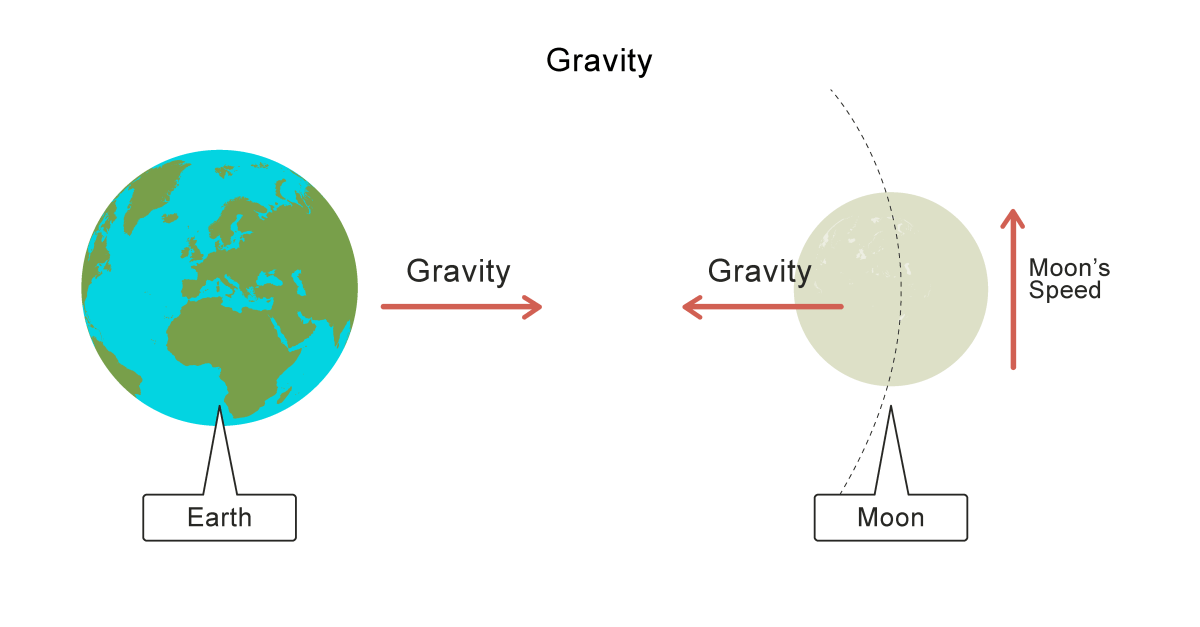Gravitic propulsion system, the very idea of manipulating gravity for propulsion, has captivated scientists and science fiction writers alike for decades. This seemingly fantastical concept draws heavily from Einstein’s theory of general relativity, which posits a connection between gravity and the curvature of spacetime. While still firmly in the realm of theoretical physics, significant advancements in our understanding of gravity and related fields offer tantalizing possibilities for future breakthroughs.
This exploration will delve into the fundamental principles, potential methods, and technological hurdles associated with this groundbreaking area of research.
We’ll examine various theoretical frameworks, exploring not only Einstein’s work but also alternative theories that might provide a more practical pathway to gravitic propulsion. We’ll also look at conceptual designs, potential energy sources, and the considerable technological challenges that stand in the way of making this a reality. Finally, we’ll consider the profound implications – both positive and negative – of a successful gravitic propulsion system, including its impact on space exploration, society, and our ethical responsibilities.
Gravitic Propulsion: A Journey into the Future of Space Travel
Gravitic propulsion, the hypothetical method of propelling spacecraft using manipulation of gravity, represents a paradigm shift in space exploration. Unlike conventional propulsion systems relying on chemical reactions or nuclear energy, gravitic propulsion aims to harness the fundamental force of gravity itself for faster-than-light travel and efficient interstellar journeys. This article explores the theoretical foundations, potential methods, challenges, and future implications of this groundbreaking technology.
Introduction to Gravitic Propulsion
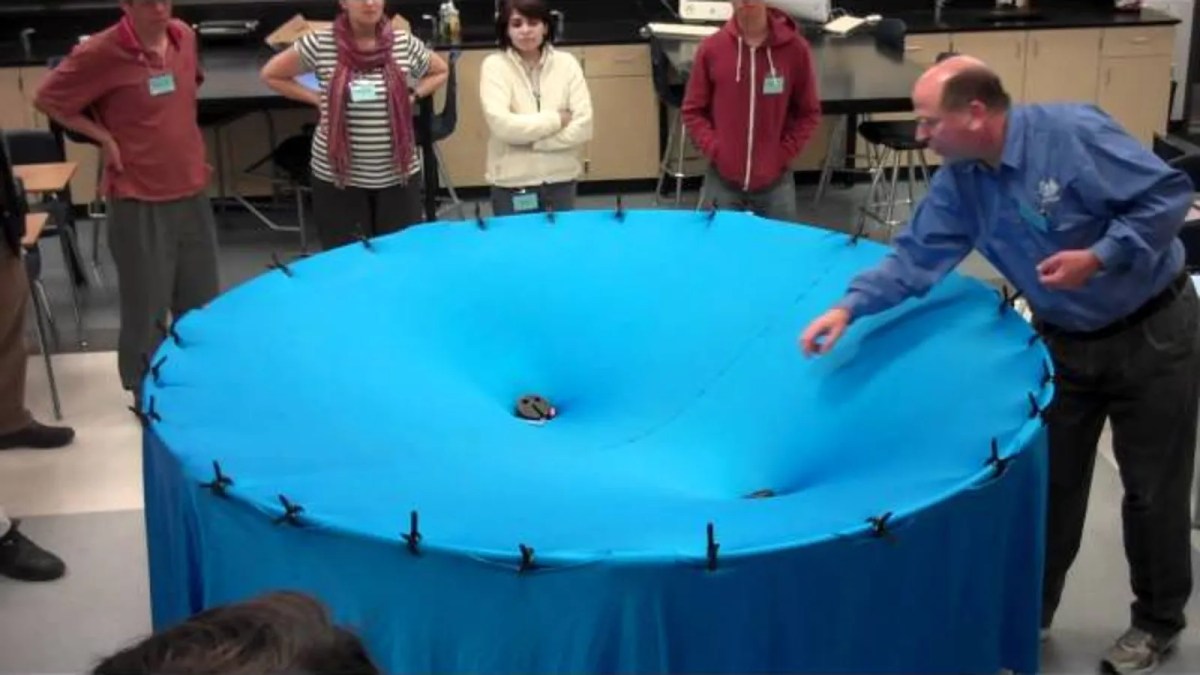
Gravitic propulsion refers to a theoretical propulsion system that uses controlled manipulation of gravity for movement. Its theoretical basis lies in Einstein’s General Theory of Relativity, which describes gravity not as a force, but as a curvature of spacetime caused by mass and energy. The fundamental principle involves generating or manipulating gravitational fields to create thrust, essentially “bending” spacetime to propel a spacecraft.
Early conceptualizations, though lacking the technological means, can be traced back to science fiction and thought experiments, with notable figures like Konstantin Tsiolkovsky and Wernher von Braun indirectly contributing to the foundational thinking behind advanced propulsion systems.
Theoretical Frameworks of Gravitic Propulsion
Einstein’s General Relativity provides the cornerstone for understanding gravitic propulsion. It postulates that massive objects warp the fabric of spacetime, and this warping is what we perceive as gravity. Manipulating this curvature, perhaps by altering the local distribution of mass-energy, could theoretically generate propulsion. Alternative theories of gravity, such as Modified Newtonian Dynamics (MOND) and brane-world theories, offer different perspectives on gravity’s nature and might provide alternative pathways to gravitic propulsion.
These theoretical models differ in their predictions about the strength and range of gravitational effects, impacting the feasibility of different gravitic propulsion designs.
Potential Methods for Gravitic Propulsion
Several conceptual methods for gravitic propulsion exist, each with its unique challenges and limitations. One approach involves generating a localized distortion of spacetime, creating a “gravity well” that pulls the spacecraft forward. Another involves manipulating the gravitational constant itself. A third approach focuses on creating a “gravity gradient” using precisely controlled masses to generate directional thrust.
Potential energy sources include highly concentrated forms of energy like antimatter annihilation or controlled nuclear fusion. However, the energy requirements for significant spacetime manipulation are astronomical, posing a major hurdle.
| Method | Energy Source | Advantages | Disadvantages |
|---|---|---|---|
| Spacetime Distortion | Antimatter Annihilation | Potentially faster-than-light travel | Enormous energy requirements, technological hurdles in spacetime manipulation |
| Gravitational Constant Manipulation | Unknown | Potentially highly efficient propulsion | Fundamental understanding of the gravitational constant is incomplete; potentially unstable |
| Gravity Gradient Propulsion | Controlled Nuclear Fusion | Relatively lower energy requirements compared to other methods | Requires precise control of large masses, potential for instability |
Technological Challenges and Solutions
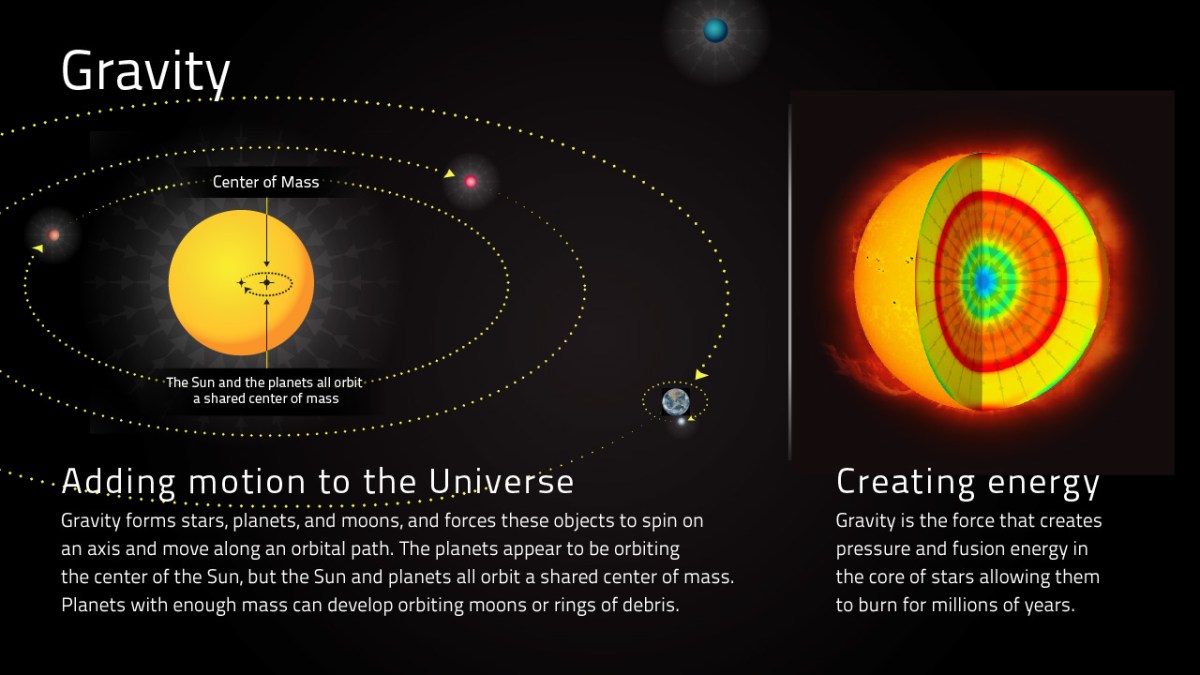
Developing gravitic propulsion faces immense technological challenges. The required energy densities are far beyond current capabilities. Precise control over gravitational fields is another major hurdle. Furthermore, materials science needs to advance significantly to create structures capable of withstanding the extreme forces and energy densities involved.
Potential breakthroughs include advancements in energy storage and conversion, development of novel materials with exceptional strength and energy density, and a deeper understanding of quantum gravity. Progress in these areas could unlock the possibility of gravitic propulsion.
- Advancements in superconductivity for efficient energy transfer.
- Development of advanced materials with extreme tensile strength and resistance to radiation.
- Breakthroughs in energy production, particularly fusion power.
Applications and Implications of Gravitic Propulsion, Gravitic propulsion system
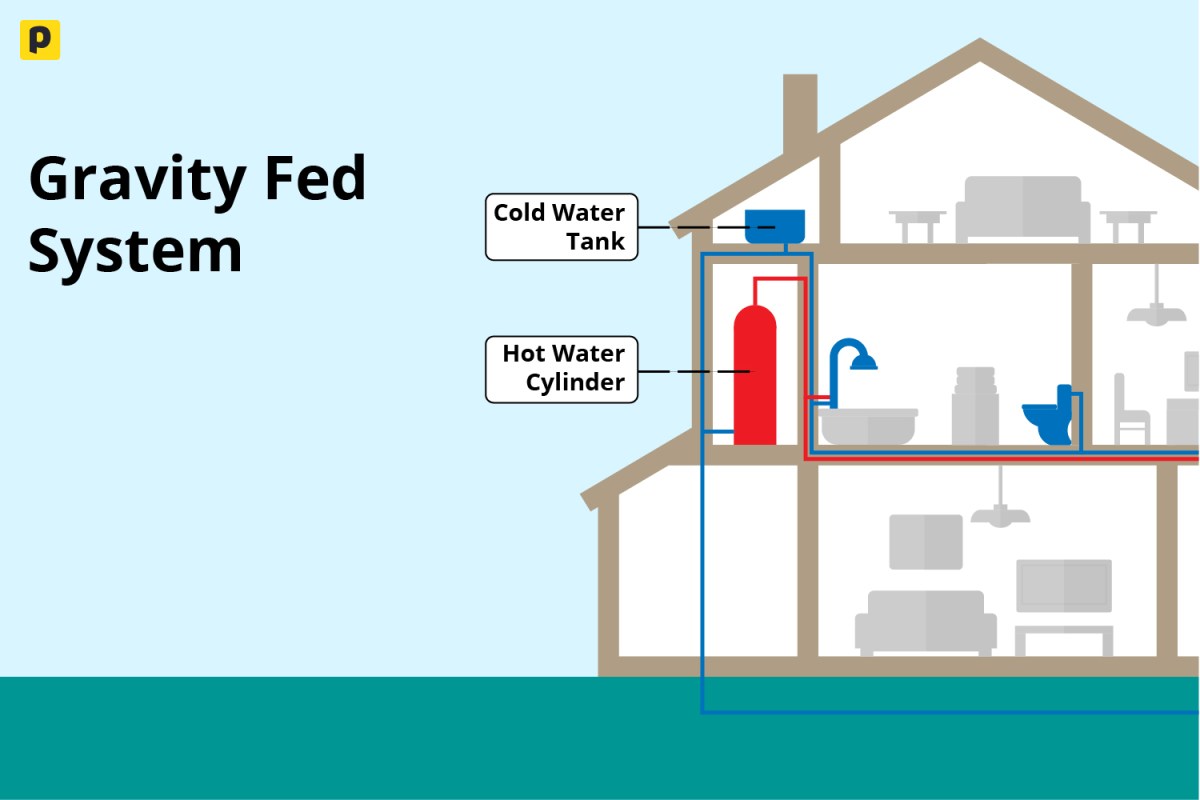
Successful gravitic propulsion would revolutionize space exploration, enabling interstellar travel and colonization. It could also impact terrestrial transportation, potentially leading to faster and more efficient ground-based travel. The economic implications are enormous, potentially unlocking vast resources in space and driving technological advancements across various sectors.
Ethical considerations include equitable access to this technology, potential for misuse, and the environmental impact of large-scale space operations.
Illustrative Examples of Gravitic Propulsion Concepts
Three conceptual gravitic propulsion systems illustrate the diverse approaches being considered.
Okay, so you’re thinking about gravitic propulsion systems, right? That’s some seriously cool sci-fi stuff! To get a grasp of the sheer scale of engineering challenges involved, think about the logistics – it’s almost as complex as managing a whole football club, like you’d see on the Official FC Barcelona Website – Barça | FCBarcelona.com | FC.
Gravitic propulsion? That’s a whole other level of team effort and resource management.
- The Alcubierre Drive: This system warps spacetime around a spacecraft, creating a “warp bubble” that allows faster-than-light travel. Visually, it resembles a bubble of distorted spacetime surrounding the craft. Key components include a ring-shaped structure generating the warp field.
- Safety mechanisms: Redundant warp field generators, emergency shutdown protocols, and sophisticated sensors to detect spacetime anomalies.
- The Gravity Well Generator: This system creates a localized gravity well that pulls the spacecraft forward. It resembles a large, spherical device with multiple gravitational field generators. Key components include powerful energy sources and precisely controlled mass manipulators.
- Safety mechanisms: Fail-safe systems to prevent runaway gravity well generation, shielding to protect against gravitational radiation, and emergency decoupling mechanisms.
- The Gravity Gradient Engine: This system uses precisely controlled masses to generate a directional gravity gradient, propelling the spacecraft. Visually, it’s a long, slender craft with multiple mass-manipulation chambers along its length. Key components include precisely controlled masses and highly sensitive sensors.
- Safety mechanisms: Redundant mass manipulation systems, emergency mass ejection systems, and sophisticated control algorithms to prevent oscillations and instability.
Future Research Directions in Gravitic Propulsion
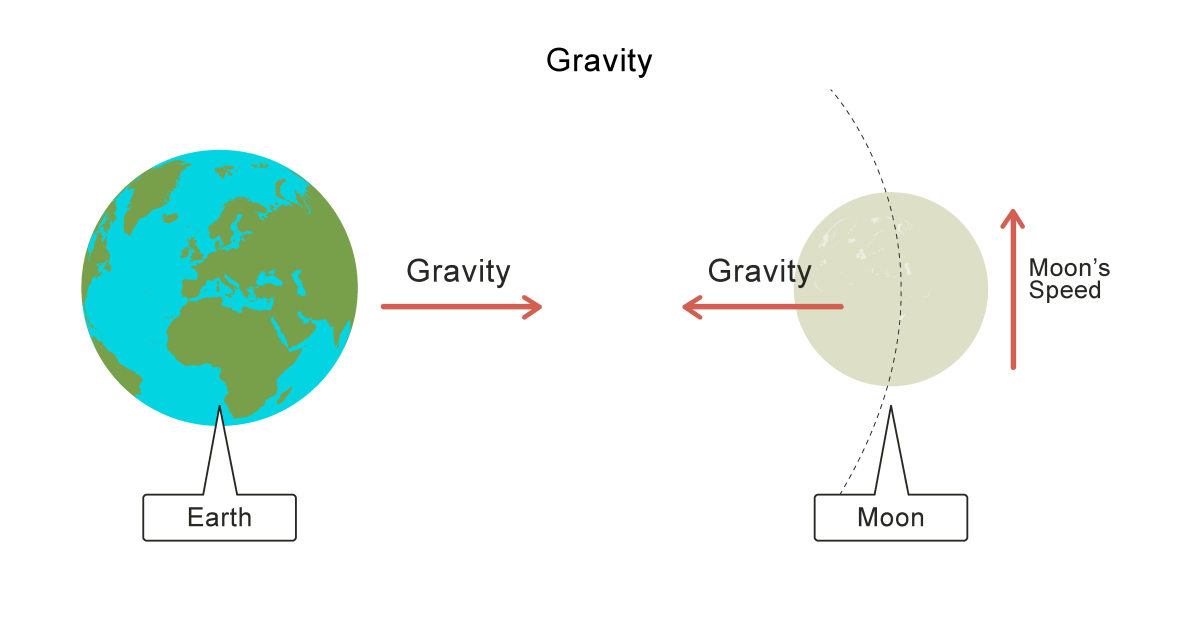
Future research should focus on several key areas. A deeper understanding of quantum gravity is crucial, as is the development of advanced energy sources and materials. Nanotechnology and advanced computing could play a vital role in creating the precise control systems needed for gravitic propulsion.
Gravitic propulsion systems are a fascinating area of theoretical physics, offering the potential for faster-than-light travel. It’s a far cry from the tragic reality of Liam Payne’s death, as reported in this article: Liam Payne’s medical cause of death confirmed as polytrauma. Such news reminds us of the fragility of life, contrasting sharply with the potentially limitless possibilities of advanced propulsion systems like gravitic drives.
Ultimately, the quest for understanding gravity remains a key step towards unlocking interstellar travel.
- Quantum gravity research to unlock the secrets of spacetime manipulation.
- Development of advanced energy sources capable of providing the necessary energy densities.
- Advancements in materials science to create structures capable of withstanding extreme conditions.
Outcome Summary: Gravitic Propulsion System
The journey into the world of gravitic propulsion systems reveals a field brimming with potential, yet fraught with significant challenges. While the technology remains firmly in the realm of theoretical physics, the advancements in related fields, such as quantum physics and nanotechnology, offer a glimmer of hope for future progress. The ethical considerations and societal impacts are equally crucial to consider, ensuring that any future development is responsible and beneficial to humanity.
As our understanding of gravity deepens, so too does the possibility of harnessing its power for interstellar travel and revolutionary advancements in transportation.
FAQ Insights
What is the difference between gravitic propulsion and other forms of propulsion, like chemical rockets?
Unlike chemical rockets which rely on expelling mass to generate thrust, gravitic propulsion aims to manipulate gravity itself to create propulsion, potentially offering far greater efficiency and speed.
Could gravitic propulsion lead to faster-than-light travel?
Gravitic propulsion systems are a hot topic in sci-fi, but building one is tricky. Understanding the physics involved requires deep dives into complex theories, and sometimes you end up on wild goose chases like this one: Check out this totally random article, What does TGL stand for? A pointless investigation (with a , to see what I mean.
Anyway, back to gravitic propulsion – the potential benefits are huge, if we can ever figure it out!
Theoretically, some models of gravitic propulsion might allow for faster-than-light travel, but this is highly speculative and faces significant theoretical and practical hurdles.
What are the potential dangers associated with gravitic propulsion technology?
Potential dangers include unintended gravitational effects on nearby celestial bodies or even uncontrolled gravitational fields, necessitating robust safety mechanisms in any future design.
How much energy would a gravitic propulsion system require?
The energy requirements are currently unknown and are likely to be astronomical, requiring breakthroughs in energy production and storage.
